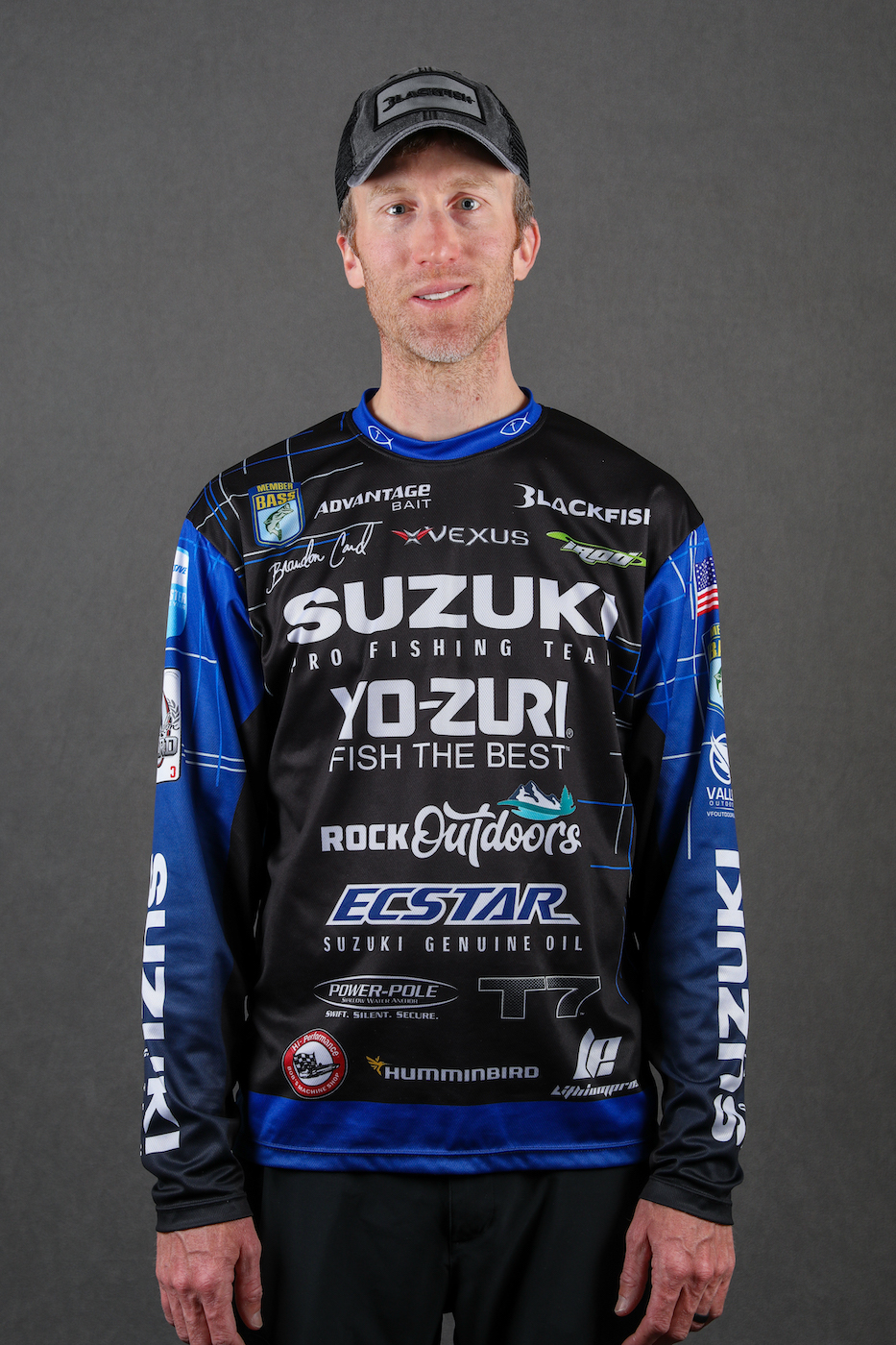
I love the challenge of fishing for the five biggest bass I can sack in Bassmaster tournaments. That’s what I grew up watching and why I’ve learned how to grind out five big fish. I don’t know anything different.
Even on a day of fun fishing, I’m still casting for the big ones. The only time I target smaller bass is when I take youngsters fishing and I want them to have a lot of action.
We all want to catch big bass. Would you rather post a picture of a 7-pounder on Facebook or a shot of one of the 72 runts you caught that day?
When I launch my boat on the first practice morning for a Bassmaster Elite Series tournament, I’m always thinking of what I need to do to put myself in touch with big bass. Of course, a big bass is relative to the body of water I’m fishing. Chickamauga and Fort Loudoun lakes are only 45 minutes from each other in my home state of Tennessee. But a big bass at Loudoun is anything over 4 pounds. It takes a bass twice that size to be regarded as big at Chickamauga.
What it takes to get on big fish varies from lake to lake and from one season to the next. The answer could be as simple as throwing big baits, but it’s usually more complicated. It could be about finding the right depth or structure or cover or some other factors, and it’s usually a combination of factors.
I have seen instances where the number of bass in an offshore school indicated how big the individual fish were. A small school of five to 10 bass usually had some big ones in it. Larger schools of 30 to 40 bass produced only smaller ones.
Then again, I’ve seen times at Kentucky Lake, for example, where the size of the school didn’t mater. For whatever reason, a given school could be big ones, or big ones mixed in with smaller bass or smaller bass with no big ones. I’ve been sucked in multiple times by a big school of 1- to 2-pounders. I’d catch 25 of them in an hour, expecting any second to hook a big one. I would finally realize that I was wasting my time and leave.
When I check out a school of bass in practice these days, the whole key is to get one big bite out of a school to reassure myself that the quality I need is there. I leave immediately after catching a good one. If I catch several bass without getting a quality bite, I leave and rarely come back.
I do the same thing when I’m fishing shallow. If I’m flipping a row of bushes and catch several bass no bigger than 2 pounds. I’ll keep jacking them until I get a good one. If that doesn’t happen I won’t be back come tournament time.
If big and small bass are in the same cover, sometimes a bait change can pay big dividends. A bait change was the ticket when I finished in the top 10 during an Elite Series tournament at Lake Falcon several years ago. On the first day I sacked about 20 pounds by flipping a Senko to flooded bushes. The next day I switched to bulky 1/2- and 3/4-ounce jigs. I got fewer bites, but sacked 25 pounds. On the third day I landed five bass on my jigs that went over 29 pounds. The lake fell about 18 inches prior to the final round and my bush bite fell apart. However, I still managed to sack nearly 20 pounds.
There are times when Elite Series tournaments take place on lakes where big bass are scare. This is when I change my strategy and concentrate on catching numbers of bass with the hope of culling up to a competitive five-bass limit. However, if I’ve culled to the point that I feel I’ve maxed out what I can get with average size bass, I’ll fish the same places, patterns and types of lures but step up to bigger baits.
It takes a great deal of patience, discipline and confidence to target big bass. You have to sacrifice the action of catching lots of bass to grinding out a few big bites. Therein lies the challenge.

